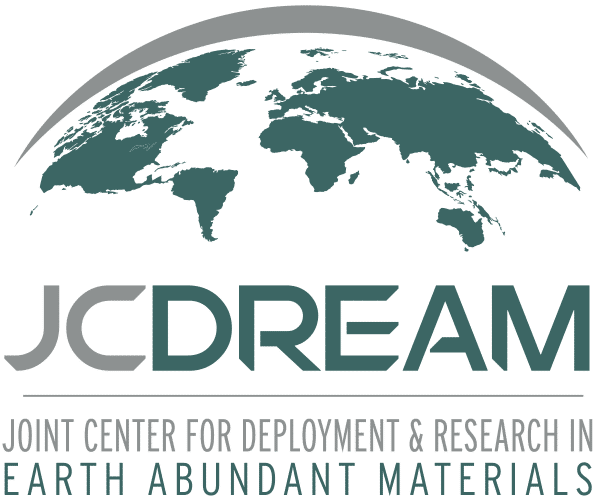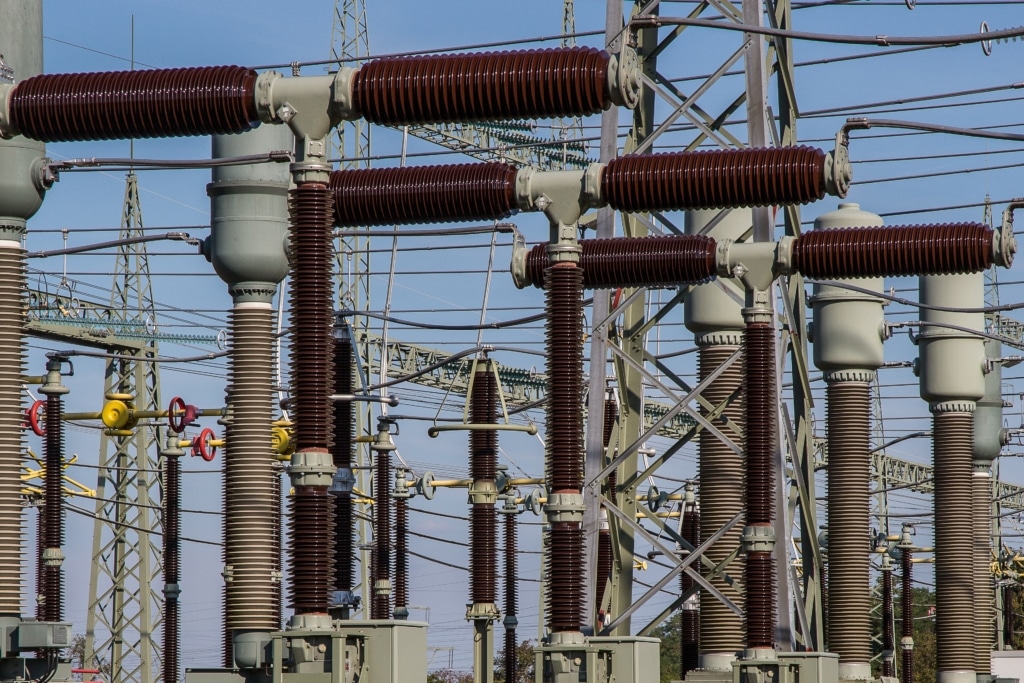The future of renewable energy is bright. Solar and wind energy are reaching economies of scale in many states, making the decision to rely on and invest in renewables much easier for companies, utilities, and even homeowners. Many countries are further supporting this transition by setting aggressive carbon reduction goals for the coming decades. In all their plans, solar and wind play a major role in grid-scale energy solutions. The hitch? Solar and wind energy will both require very large grid–scale storage solutions to overcome the challenge of their natural intermittence. Current and upcoming storage technologies rely heavily on critical materials. Furthermore, wind and solar can power current electric passenger vehicles, but battery technology is not yet viable for many other transportation options. Researching alternative solutions is the key to resolving these roadblocks and pressing on toward a renewable energy ecosystem.
Due to the intermittent availability of wind and solar, the supply and demand curves for renewables on the grid do not match up. That mismatch creates a need for storage solutions to keep excess energy on hand to deliver when the sun isn’t shining and the wind isn’t blowing. Recently, studies have shown that lithium-ion battery storage is price-competitive with traditional peak-shaving on the grid for up to 4 hours. For demand management beyond 4 hours, lithium battery technology is still more expensive than traditional fossil fuel-powered peaking plants.
While lithium batteries tend to lead the pack, their shortfalls leave room for novel battery technologies to find footing in the storage space. Researchers at The University of Texas at Austin have succeeded in creating cobalt-free lithium batteries without sacrificing performance. Natron Energy has developed a sodium-ion battery that eliminates the fire, toxic gas, and thermal runaway risks that lithium and lead-acid batteries have experienced. Even new twists on old technology such as carbon-enhanced lead-acid have made a comeback and may compete with lithium in certain markets. All of these technologies shift away from critical materials and work to optimize earth-abundant materials to achieve the same goals. By expanding energy storage research in batteries and beyond, we can continue to drive these and other earth-abundant storage methods to compete with traditional methods like coal and natural gas.
Lithium batteries are a leading technology because of their capacity for high energy density storage. They are the favorite for many applications, but full-scale grid implementation will require next-generation battery technology that simply isn’t available yet. Lithium batteries are an excellent resource in the clean energy revolution, but they are not without their challenges. Lithium batteries contain the critical materials lithium and cobalt. Dependence on these materials means the supply chain can easily become unstable. Cobalt supply is already somewhat at risk with high prices driven in part by the fact that two-thirds of the world’s supply originates in the Democratic Republic of the Congo and is then funneled through Chinese refining and battery production operations.
As opposed to lead-acid batteries which are highly recyclable, lithium batteries are challenged in terms of recyclability. Their components are difficult and expensive to separate after disposal, and with a lifespan of about 10 years, we will soon see a massive influx of lithium batteries in landfills if recycling programs don’t ramp up. The masses of Tesla batteries produced in 2012 are approaching that 10-year mark and we will need solutions to manage the end of their lifecycle. Lithium battery recycling programs such as the one developed by American Manganese will be crucial to ensure that component materials can be reused, and waste products don’t overwhelm our disposal resources.
Wade Schauer of Wood Mackenzie Power & Renewables says, “Advances in energy storage will need to be more than just batteries to meet demand and likely will include technologies that have not yet been developed.” In 2018, his team wrote a report after the Midwest experienced a deep freeze. The primary question: “What would have happened if the power grid had relied exclusively on renewable energy—just how much battery power would have been required to keep the lights on?” The answer was daunting. In order to cover the energy demands during this period of extreme weather, utility-scale solar would need to increase from 3.4 gigawatts to 575 gigawatts. Wind capacity from 47.8 gigawatts to 194 gigawatts. And if we continue to use nuclear plants, we will still need an additional 228.9 gigawatts of energy storage to meet this demand.
Lithium batteries are also not yet a complete solution for some major industries beyond the grid. Significant carbon reduction must happen in the long-haul trucking, marine, and aerospace industries in order to meet the aggressive goals around the world. Unfortunately, those are applications where lithium batteries are limited due to many factors including their cost, weight, recharge time, and capacity. Industries such as these will require research to broaden into storage opportunities including zero-carbon solutions that function in a similar way to fossil fuel-based storage. Companies such as Boeing, PACCAR, and Vigor, are building planes, trucks, and ships that will still be running in 2040 when many zero-carbon goals are to be met including those of Washington State.
Storage solutions such as pumped hydro, compressed air, and gravitational energy storage systems like Energy Vault are attractive because they don’t rely on critical materials, but these can only be deployed in stationary applications like the power grid. For long haul heavy-duty transportation, electro-fuels will be needed. These compounds store energy chemically – the same way fossil fuels do, but they are produced using renewable, low-carbon energy and could even use atmospheric CO2 as a feedstock. Again, critical material issues pop up with catalysts like Ruthenium, and Iridium being used to produce hydrogen from wind or solar. Then PEM fuel cells in turn rely on platinum to convert the hydrogen back to electricity which can be used to power the grid or transportation technology – thus completing the storage loop. Perhaps a more elegant solution involves the production of hydrocarbon fuels from hydrogen and CO2 feedstock. Any number of fuels could be produced to be compatible with jet turbines, diesel engines, or natural gas turbines, but each of these requires a unique catalyst – often a critical material. JCDREAM works to fund researchers studying earth-abundant alternatives in energy storage. WSU’s Yuehe Lin has developed a system for splitting water to make hydrogen fuel. His method relies on catalysis which would normally require precious metals, but he developed a catalyst using earth-abundant elements. This type of research is key to moving forward in the hydrogen economy and clean energy storage.
Energy storage has broad implications – it will bolster a grid that relies on renewables and enable the electrification of all types of transportation. Current energy storage comes from coal, fossil fuels, and pumped hydropower. Pumped hydropower accounts for 97% of energy storage in America, but it does not have the capacity necessary to fully accommodate the increase in energy demand that society will demand over time. Aside from hydro, lithium-ion batteries are still the class favorite. We are learning that energy storage requires different technology to meet the demands of different markets. While lithium batteries may work for electric vehicles and short term grid backup, long-haul vehicles, aircraft, overnight, and multi-day grid power need enormous amounts of stored energy from technology that isn’t available yet, but we hope to see it soon. With the help of continued research and the exploration of earth abundant alternatives, there is strong hope that energy storage will grow with demand and spare the vulnerable supply chains of critical materials.

